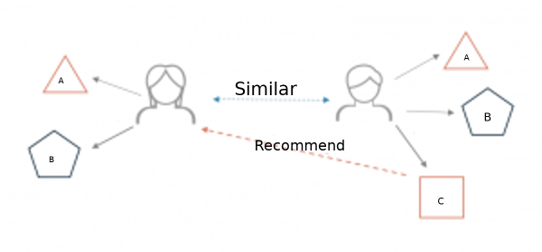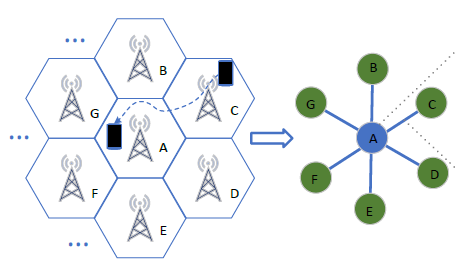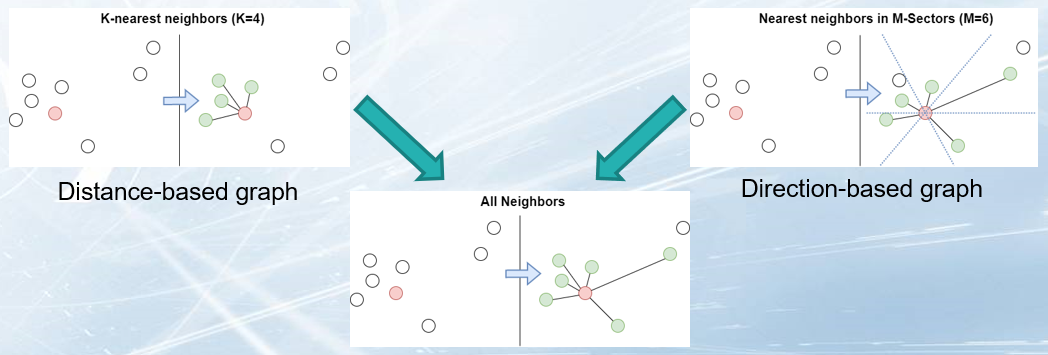Applications of Interest
• Know Your Customers (KYC) better via their various Online and/or Offline 'Network' activities
Wth GTEA, we can capture patterns and relations of different costumers and their transactions, then we perform some downstream tasks, like Customer Profiling and Credit-Rating prediction.
Also, we can learn the costumer's transaction pattern in order to predict the possible new edges (eg. transaction) in the future. Therefore, it can help us to enable Customized Product/ Service Recommendations.
• Anomaly Detection for different kinds of 'Network' activities
As mentioed above, GTEA can detect Consumer Activity Patterns, therefore, we can have application in identifying illicit activities in Online/ Mobile Payment networks (e.g. Illegal Gambling, Loan-Sharks, Scams, Frauds, etc), Crypto-currency/ Smart-contract transactions and
Detection of Abnormal Network Traffic Patterns/ Service Outage/ Cyber-security/ attacks.
Real-world Applications for Industrial Collaborators
• A Major Hong Kong based Airline: Customer Purchase Predictions with Knowledge Graph Embeddings
Objective is to recommend a Ranked-list of Travel Destinations (Special Promotions) for Customers visiting the official website of a major Airline.

We can incorporate side-information from other databases to improve predictions. Just like the figure below, augmenting/ fusing a User-Item Graph (from Booking records) with an external Knowledge Graph on Destination Characteristics to form a resultant Time-evolving Graph for Representation Learning/ Recommendation Generations.

• A Hong Kong based Cellular Service Provider: Mobile Network Anomaly Detection/ Performance Predictions using Spatial-Temporal Graph Representation Learning
Base stations (cells) of a mobile network provide communication services and handover users among different regions. And they want to predict the future mobile/ user traffic for each cell and conduct better resource allocations based on the prediction result.

And GNNs can capture spatial-temporal correlations of cells. Therefore, we can build a graph to represent the relations among cells based on spatial distances, handover history among cells and apply temporal modeling algorithms to jointly capture the spatial-temporal correlations of mobile traffics.

